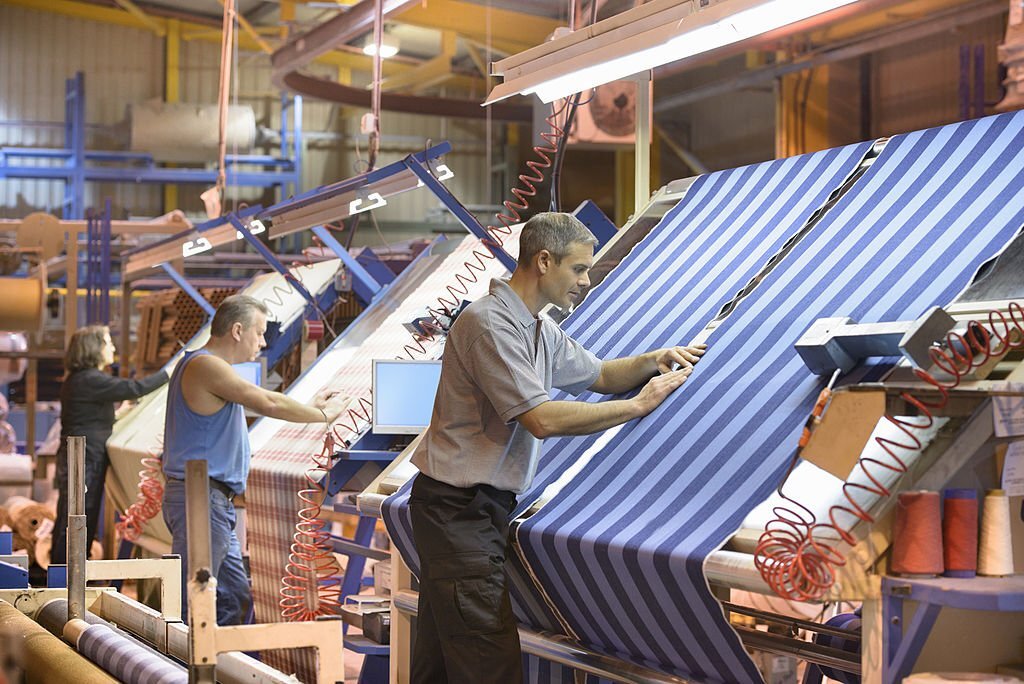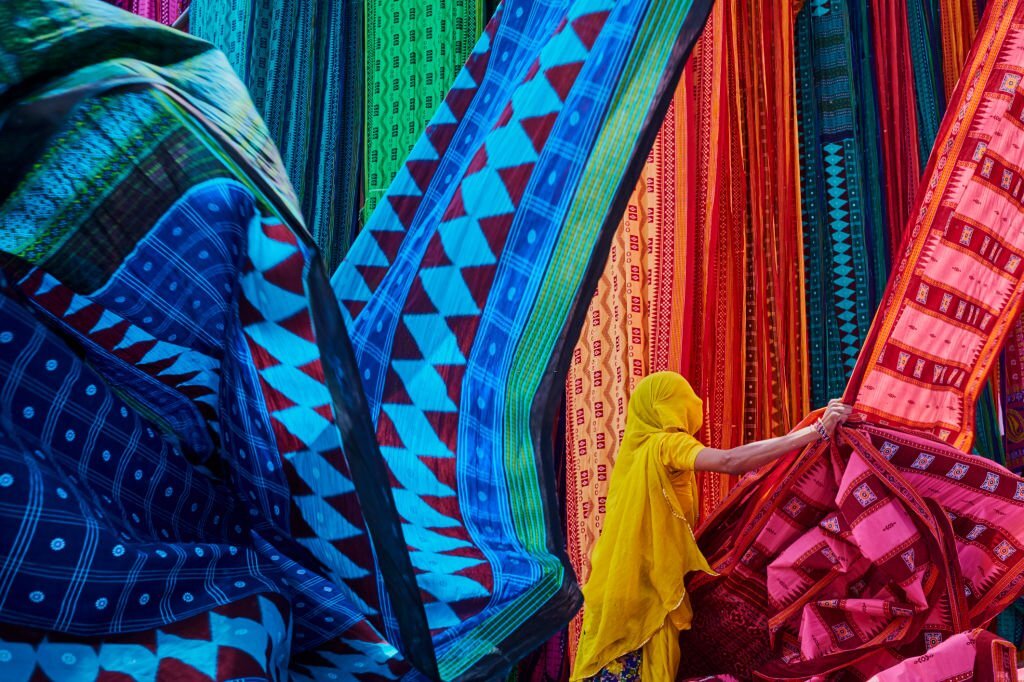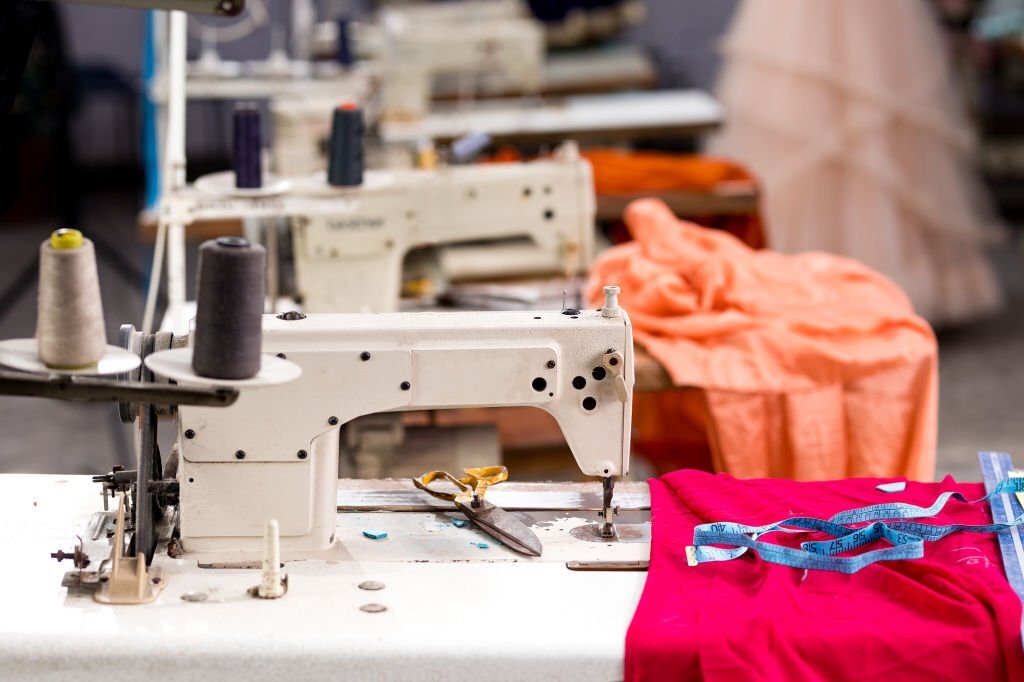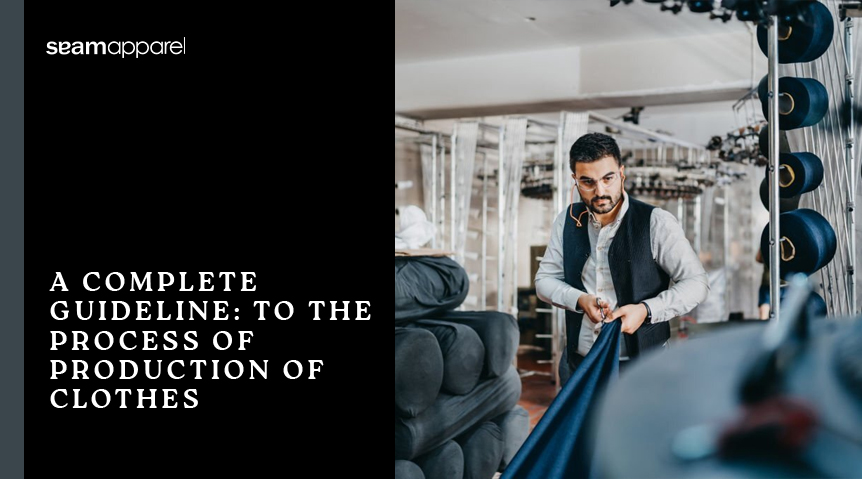Many of the trends that the fashion industry has established throughout the years may be attributed to the edgy viewpoints that decided to stand out and create novel clothing styles. No clothes can be created without the most vital component, “FABRIC.”
The majority of the fabrics used to make our clothing are textiles. And the textiles are created from yarns, through the processes of weaving and knitting in garment production factories, and fabrics are transformed into usable clothing through the manufacturing process. Functional trimmings and accessories are affixed to the garment at various stages of the clothing manufacturing process.
Where Clothes Are Mostly Manufactured?
Since it’s considerably cheaper and more labor gets done, the majority of our manufacturing clothes is occur in rural and underdeveloped countries. Bangladesh, India, China, Vietnam, Ethiopia, Indonesia, Sri Lanka, and the Philippines are the nations where the majority of the clothing we buy on the high street is produced.
In 2016, China ($161 billion), Bangladesh ($28 billion), Vietnam ($25 billion), India ($18 billion), Hong Kong ($16 billion), Turkey ($15 billion), and Indonesia ($7 billion) were the top exporters of garments.
Production Clothing Type


Numerous processes are involved in clothing that is required to create garment manufacturing. The apparel manufacturing process includes cutting, stitching, and finishing, and the entire clothing manufacturing process is divided into several smaller procedures required for garment making.
These few steps are part of the fundamental manufacturing process for starting a clothing line:
- Production planning
- Checking availability
- Checking timeframes
- Confirming delivery
- Managing department
Related: The Importance of Clothing Samples For your Production Line.
Steps of The Clothing Production Process
There are two procedures typically used to create the fabric that is used for clothing manufacturing: the “spinning process,” which turns raw cotton into thread, and the “weaving process,” which weaves the thread into fabric.


The process of making clothes can be perplexing and complex. Pre-production, marking, cutting, sewing, finishing, and delivery are all steps in the streamflow of producing clothes. This is how raw materials are transformed into finished goods.
Here are some basic steps involved in clothing production, and help you comprehend each step of how clothing is made:
1. Pre-Production
Fabric development, pattern making, fabric procurement, and sample taking are all parts of the pre-production process.
2. Production
Production activities are carried out and managed by the production planning team. To guarantee timely order completion, they maintain track of the operations involved in the real process. The custom clothing manufacturer creates a time and action calendar for production scheduling and managing.
The production process is planned and arranged for each activity in advance for the manufacturing clothing process, like
Laying
Large parts are first placed, then small bits are arranged. To reserve the fabric used in the procedure, little bits can fit within. Due to the setting and cutting of hundreds of layers, this activity will assist save a considerable amount of money.
To be more explicit, a variety of regulations must be followed to guarantee that the cloth is both completely functional and economical. The laying procedure has the following guidelines and steps:
- The garment’s length should correspond to the fabric’s edges.
- A proper grade has been set for the pattern.
- On the pen’s edge, the components are put.
- The fabric’s reverse side is used for the laying process.
- When placing paper designs, fabric design must be applied to the particular area of the garment. After all, nobody desires a dress with a pattern reminiscent of a lofty metropolis.
- Guaranteed to match the layers are checks and stripes.
Marking
To correctly attach one garment component to another, some parts of the garment need to be marked. Typically, marking is done with chalk, magic markers, a template, or a laser beam.
Just like in a formal shirt for button holing and button attachment, front plackets are manually marked to show the correct positioning of the button. The marking process helps the operator decide where the task has to be completed. Parts of the garment were meticulously sewn together by workers.


Cutting
When it comes to the cost of making clothes, the fabric is by far the most expensive component. Clothing producers must ensure that the acquired fabric is used to its greatest potential. When cutting fabric, clothing makers and floor cutters must make sure there is as little waste as possible.
Laser cutting is used by contemporary clothing manufacturers to increase productivity and reduce waste.
Sewing
Workers are also given a variety of sewing supplies in the sewing department, including thread, sewing machine needles, trims, and accessories, as well as guidelines appropriate to the operation.
The following sub-processes were a part of the stitching process for clothing.
- Parts preparation
- Marking
- Pressing while folding
- Stitching/assembling
- Quality control
In the preparatory section, individual garment parts are prepared before the garment is put together. For instance, in the production of shirts, the preparation of collars, sleeve cuffs, and sleeves occurs in the preparatory area before being loaded into the assembling section.
Related: Reference Guide to Different Seam Types
3. Quality Control
The clothing manufacturers’ process should be to make goods of the highest caliber in the shortest amount of time and make sure that every product needs to go through the same sequence and up to expectations for quality and standards.
- Setting a benchmark to use as a metric for gauging quality achievement.
- It is possible to gauge production results and contrast them with the intended quality level.
- If there are any deviations from the plans, corrective action must be taken.
4. Finish Product
To give clothing manufacturing items a polished and stylish appearance, finishing procedures like pressing, creasing, cleaning, and embroidery are carried out. Labels and branding are also included.
Thread trimming: At this stage, threads are clipped if any were left uncut by the sewing operator throughout the stitching process. A hand trimmer or a thread trimming machine can be used to trim uncut threads.
Before putting the garments in the iron, they must first be checked. The initial checking includes visual inspection and measurement checking. Finishing inspectors inspect the finished product for loose and uncut threads, ply numbering stickers, garment construction, garment labeling, workmanship, and measurement after washing or not washing.
5. Packaging
The production of apparel is now complete, with personnel packaging, labeling, and sizing items according to customer requirements. All of the clothing is wrapped in plastic for protection before being placed in cardboard boxes and sent to the client/wholesaler/retailer.
To guarantee the quality of the finished items, complete clothes are inspected. Internal quality checks are done after this procedure to make sure no incomplete apparel is included in the boxes.
6. Delivery
After the quality control approval, the final production of clothing items will be handed to the retail, shop, and customer.
Many people start finding a clothing manufacturer for their new startups/businesses. So here is how we discover the fundamental process from clothing to glam in a few steps!!
Mass Production of Clothing
Millions of items of fast fashion clothing are mass-produced in huge factories all over the world using low-quality materials, and they are typically badly manufactured. Polyester, mixed mixes, and oil-based synthetic fabrics have all undergone chemical bleaching, dousing, printing, and fabric dyeing process.
Quantity always triumphs over quality because production volumes only grow yearly, reaching 80 billion new clothing made globally each year. Because of their ability to produce large quantities of goods quickly, fast-fashion shops create the trends before changing them to boost sales.
The modern clothing supply chain relies on speed to achieve mass production. The idea of mass production, used by big stores like some of the top brands in the world, does not let down. Quick, reasonably priced, reaching the final consumer in record time, and minimizing inventory.
This arrangement appears to be nothing short of perfect: assured success, strong profit margins for shops, and contented end users on the other. However, the quality of each garment, the materials utilized in manufacture, and the final product’s price have all been directly impacted by mass production in the fashion business.
Mass production has produced enormous amounts of garbage in addition to an enormous selection. Unused and unsold clothing not only harms the environment but also causes significant financial losses for all participants in the supply chain, from producers to wholesalers to retailers.
Related: Things You Probably Did Not Know About MOQ (Minimum Order Quantity)
Final Verdict
Our blog will assist you in choosing the best approach for a successful start in this fast fashion era, whether you are a manufacturer to start your clothing line or an existing garment manufacturer.
In the realm of the clothing manufacturing process, now you are well being able to understand properly the clothing functions of the appropriate market. With the help of this glossary, deepen your understanding of terms used in the manufacturing of garments.






